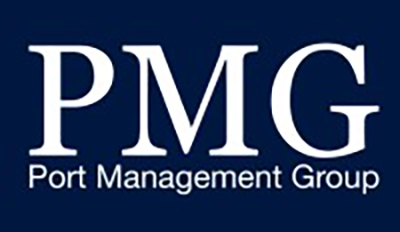Today in 5 Minutes or Less:
✔️ Why Document Control is the Unsung Hero of CMMS
✔️ The Beautifully Tedious Truth (You Need to Know)
✔️ Here’s Why It Should Matter to You
Before We Dive In…
A quick ask: Have you ever audited your CMMS setup? Or better yet, do you even have one? Because let me tell you, I don’t think I’ve ever been to a facility that didn’t struggle with at least one of the following:
1️⃣ We don’t have any control over our spare parts.
2️⃣ We don’t track or manage critical spares—what we have or what we need.
3️⃣ We don’t know how many hours we’re spending repairing each machine.
4️⃣ We don’t have a CMMS in place.
5️⃣ We don’t have a built-out preventive maintenance program based on manufacturers’ recommendations.
And I could keep going.
Here’s the thing: all of these issues are solvable. But who in the company is going to solve them if everyone is inundated with never-ending tasks and breakdowns?
Why Document Control is the Unsung Hero of CMMS
Let me tell you a little story…
For years, maintenance teams have relied on a mix of memory, scribbled notes, and a prayer to keep operations running. But what happens when the seasoned technician retires or the sticky notes disappear?
That’s where proper document control in CMMS steps in, ensuring:
- Consistency: Everyone has access to the same playbook, from preventive maintenance schedules to parts inventories.
- Compliance: Whether it’s OSHA audits or manufacturer warranties, having the right documents at your fingertips can mean the difference between passing and failing.
- Continuity: Downtime doesn’t care if Jim from maintenance is on vacation.
The Beautifully Tedious Truth
Here’s the thing: setting up and maintaining document control in your CMMS isn’t glamorous. It’s not the kind of work that gets a standing ovation. But it’s the foundation of everything else.
Without it:
- Work orders get delayed.
- Spare parts go missing.
- Maintenance histories vanish into thin air.
And then there’s the budgeting nightmare:
- How do you control costs?
- How do you know if you need 56 parts or just 10?
- Why carry parts if you can source them locally, the same day?
Why the Hell It Matters
Document control isn’t just about avoiding chaos; it’s about building a system that scales. Whether you’re managing a single crane or an entire fleet, the right CMMS documentation ensures:
- Informed Decisions: Accurate data drives smarter planning and spending.
- Accountability: A clear record of who did what, when, and how ensures nothing falls through the cracks.
- Resilience: Operations keep moving, even when surprises hit.
Most importantly, it gives you control over your spares, your costs, your time, and your outcomes.
So, here’s the big question: Is your CMMS ready to handle the unexpected? If not, it might be time to roll up your sleeves and get your document game in order.
Let’s bring dignity—and efficiency—back to the work that keeps everything running.

